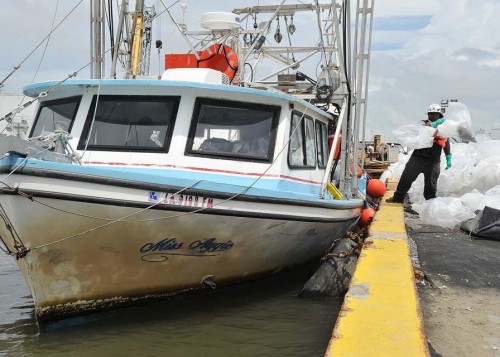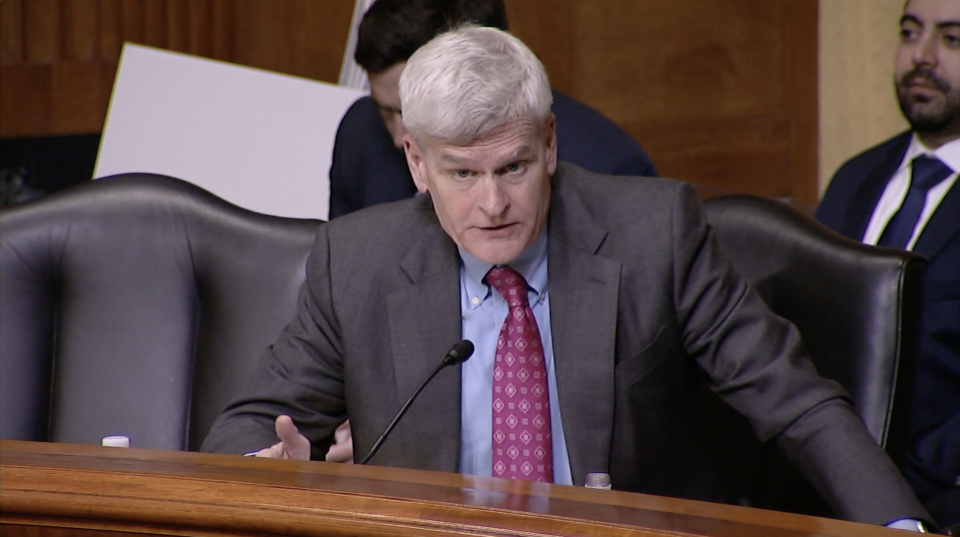
Taxable oil spill income could be another mess
February 1, 2011Thursday, Feb. 3
February 3, 2011A presentation by National Oceanic and Atmospheric Administration representatives before the Terrebonne Parish Council last Wednesday offered little information regarding local coastal areas and marshlands as related to cleanup efforts following the BP Deepwater Horizon oil spill on April 20, 2010.
NOAA spokesman Gary Petrae admitted to council members that although his office is in New Orleans, much of his personal research involvement had been around Florida and on the east coast. He noted that NOAA research crews were still present in Terrebonne Parish, then offered a presentation regarding the status of subsurface oil remaining from released oil in the Gulf of Mexico in federal waters off the Louisiana coast.
“As early as May and certainly by June [2010] there was significant effort undertaken to try and understand what’s going on out there below the surface … and there was certainly an understanding that there would be some happening below the surface,” Petare said.
Petare said that NOAA began its direct investigation in August 2010 and that by Oct. 23, 2010, NOAA researchers had had taken a total of 39,000 samples that resulted in hundreds of thousands of data points and by the end of their study found no deposits of liquid MC252 oil in sediments beyond an unspecified area of Louisiana shoreline. Additionally, there were no benchmark levels of dispersants found.
“The findings were such that less than 1 percent of the water samples and approximately 1 percent of the sediment samples exceeded EPA aquatic life benchmarks,” Petare said. Water samples that did exceed EPA limits, he claimed, were not from the BP Deepwater Horizon spill.
“There are about 3,000 natural seeps in oil and natural gas in the Gulf of Mexico and they put out about 12 million gallons of oil and natural gas in the Gulf annually, which is part of the ecosystem. It is the nature of the Gulf of Mexico ecosystem, and in some ways it’s helpful because it [produced the same microbes] that attacked the oil in this spill … and actually benefited the environment,” Petare said.
The NOAA spokesman said that a focus group is looking into oil tar mats that have been reported to have surfaced on Louisiana beaches.
Petare said that reports that identify the presence of oil are accurate only because the sensitivity of the equipment being used and that any oil deposits cannot be detected by the human eye or even tasted. He added that expected underwater oil plumes are “essentially gone.”
Seafood sampling, according to the NOAA representative, had testing that all came back negative for the presence of oil toxins. Petare likened the fading of an oil plume in the Gulf to that of smoke escaping from a smoke stack and becoming less obvious as it travels through the air until it is no longer noticed.
“[This is] an encouraging report,” Councilman Billy Hebert said. “I’m anxious to see what happens in April and May when our fishing season opens up for shrimp.”
Council Vice Chairman Johnny Pizzolatto asked Petare, “Do you eat Gulf seafood?” Petare answered, “Yes.” Pizzolatto responded and said,” Good, then we can eat it. I eat it.”
Council Chairman Clayton Voisin asked what NOAA was doing off the coast of Louisiana and suggested that assurance was needed to know that gulf assessment work is ongoing.
“NOAA is one of two major federal trustees. We will be here for a long time to come,” Petare said. “My role is to support the Coast Guard and scientific support. So, as long as there is a response going on, as long as the Coast Guard feels the need for NOAA’s presence, NOAA will have a scientific support team.” Petare was unable to answer questions specific to Terrebonne Parish.






